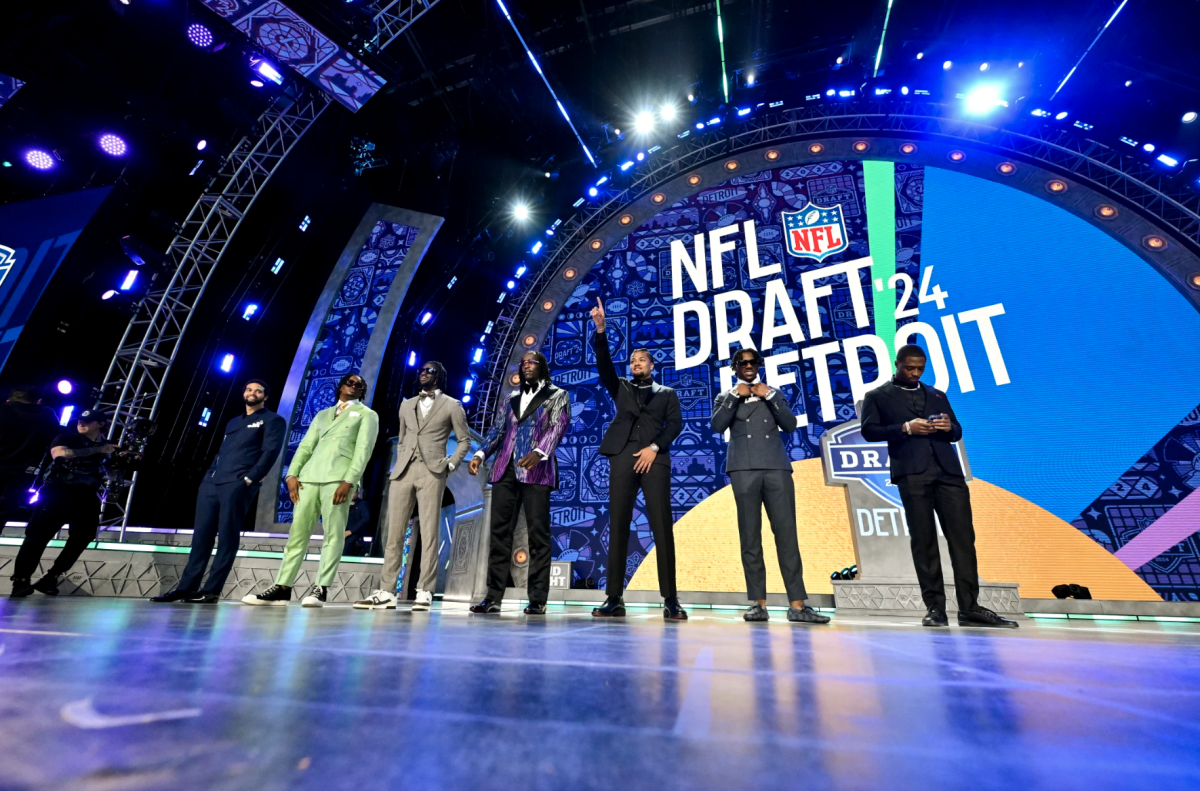MAKING MOBILE COMMUNICATION THE NORM
When thinking of communicating in the present, one might see a drastic change in how we have come to engage in social interaction. Gone are days when people carefully planned who they wanted to dial.
Mobile phones are the new age of communication. Those wishing to avoid direct communication, or perhaps just detach, can easily use texting as a buffer.
Texting is non-emotive, bland and offers to deliver literally its name. So how has the advancement in reaching each other shaped society and how people are seen and perceived?
The first text message “Merry Christmas” was delivered on Dec. 3, 1992 by Neil Papworth, a 22-year-old test engineer working for Sema Group in the United Kingdom. It is estimated, according to a survey on textrequest.com, that approximately 5.035 billion people text worldwide.
Humans are seemingly transfixed on electronic devices from their phones to television to gaming. It might be safe to say technology is a detox of sorts. For many individuals, technology is a diversion from having face the outside world; it acts as a non-threatening stimulating buffer.
What could be classified as a form of instant gratification could very well be having a negative effect on our interpersonal skills. As Chelsea Clishem at “Million Dollar Matchmaker’s” pattiknows.com advises that texting should be a prelude to a conversation, not the conversation itself.
Take children for example. According to Jim Taylor, a writer for Psychology Today, children were so enthralled with their devices of choice, only 30 percent managed to greet their parents upon their return home, while 50 percent ignored them.
Heartfelt phrases like “I Love You” have become less sincere; it is easily misconstrued and casually thrown out in the age of digital communication. Why? It could be argued that interfacing with intimacy and gusto has taken a backseat.
It’s easier to be direct if you don’t have to see the individual or fear the outcome, such as rejection. When it comes to most relationships, texting is an outlet to freely express yourself more than you would in person. But it also can act as a crutch.
For many suffering from social anxiety, texting can be used as a safe haven. Others wanting direct communication can be left with angst and misinterpretation: The connotation or inflexion in another person’s tone ceases to be a part of daily life.
With dating, it can put a new spin on an already-complicated dynamic. According to an elitedaily.com article from 2017, April Masini of the Relationship Advice Forum said, “If you’re dating someone and it’s a new relationship, you may be communicating multiple times a day because romance is strong and you’re both chatty.” This can be the autobiographical encyclopedia your relationship.
But be careful if you see a day-by-day outline of your life on your phone. Chances are, you’re spending far less time with your partner than you think if one or both of you cannot communicate face-to-face.
There is only one way to find out: Compare how much you know from spending time together versus your text log. You may be surprised to find your devices might be more involved in a relationship than the two of you.







